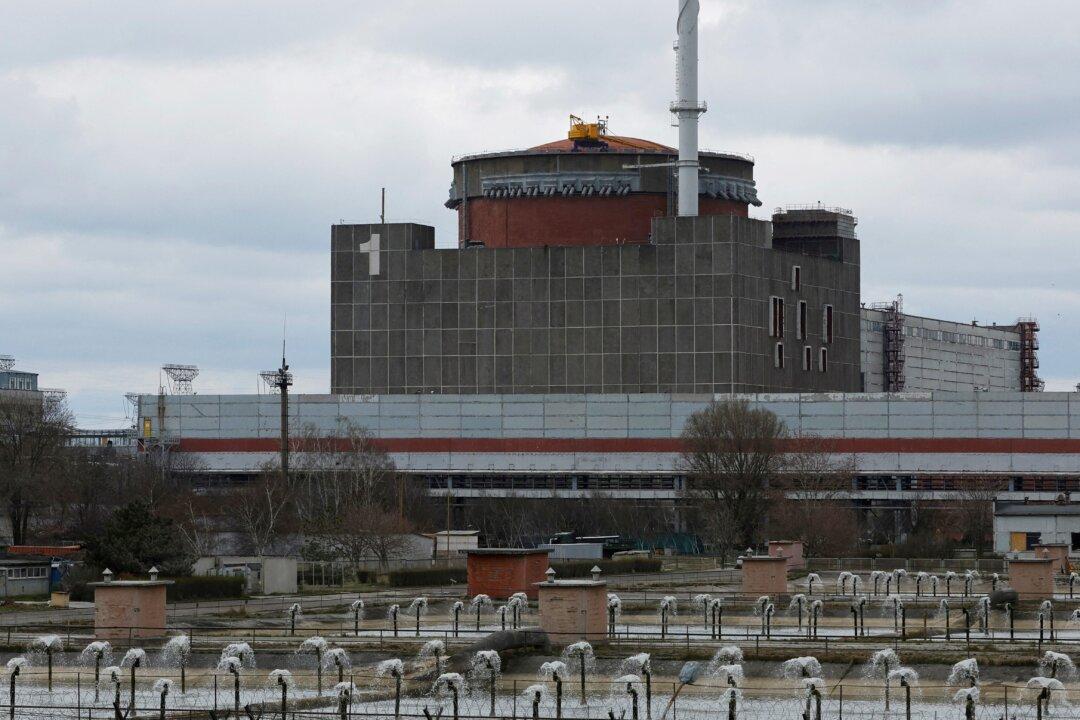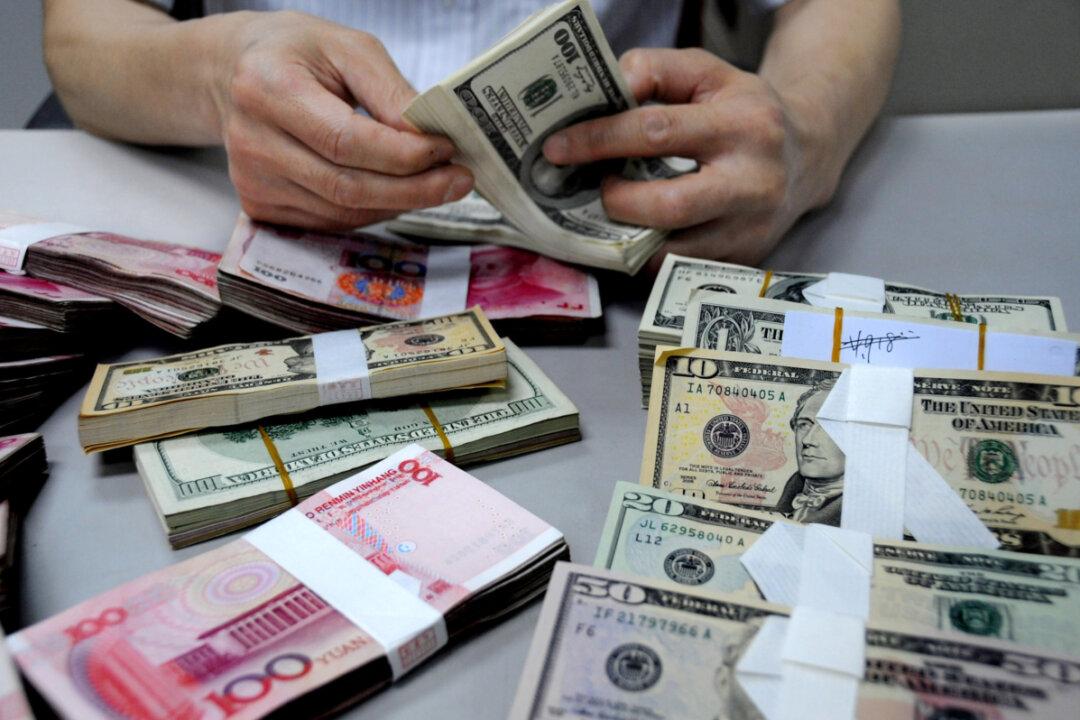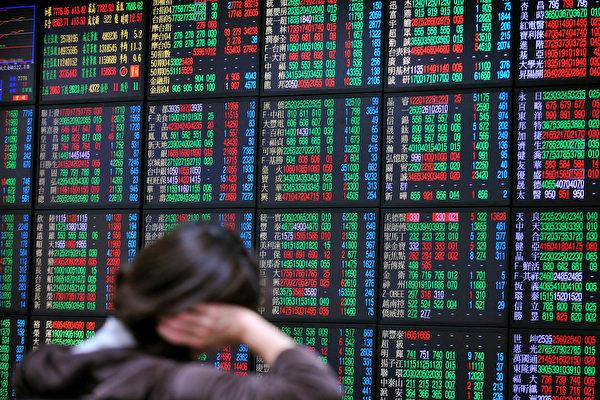Amid a real estate developer debt crisis, China’s central bank consecutively lowered its Loan Prime Rate (LPR) in an attempt to stimulate sales in the property market. However, experts say that the move is unlikely to turn the market around.
On August 22, the Chinese central bank lowered its Loan Prime Rate (LPR) for the third time as property developers are incurring significant losses due to liquidity problems.





